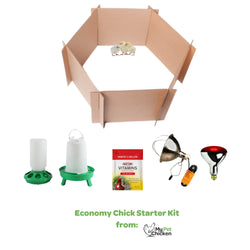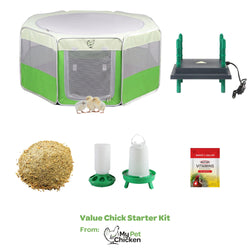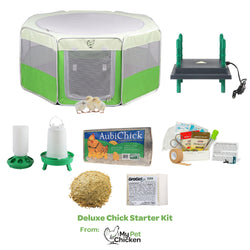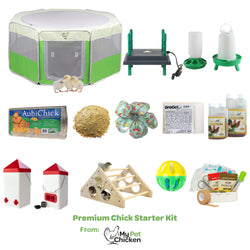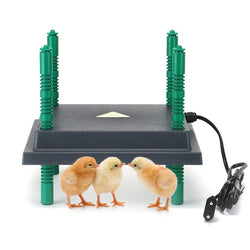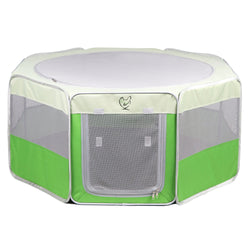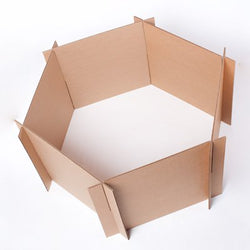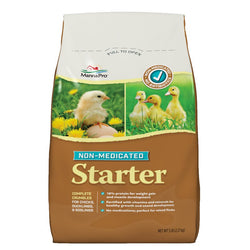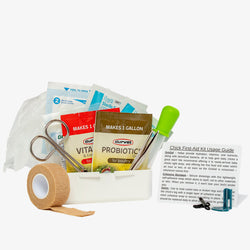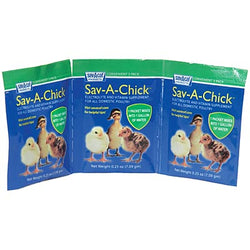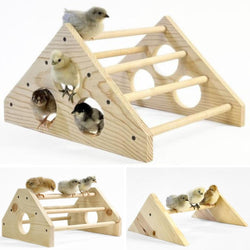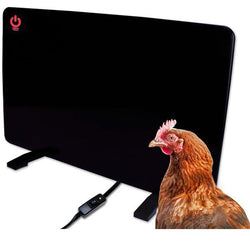How can I make my coop well-ventilated, but not drafty?
Back to blog
This issue can be confusing, can't it? Try thinking of it this way: Generally, you might think of drafts as air that will blow directly onto your chickens through the coop at floor level where they stand, or at roost level where they sleep. Ventilation, on the other hand, simply permits air to move through the coop (overhead) but does not blow directly on the chickens.
In the winter, chickens need protection from cold weather, which their feathers provide by keeping an insulating layer of warm air between their feathers and their body, trapped in their down. If they are situated directly in the way of a breeze or a draft, that warm air is blown away, and they can get too cold because that insulating layer is not working in those blowy conditions.

On the other hand, they need ventilation in the coop not only to let in the fresh air but also to let out moist air that accrues from their respirations and droppings. In the winter, moist air inside a coop can lead to frostbitten combs and wattles, and an airtight coop can also cause respiratory illnesses if the air is too wet to let the droppings dry out. In those conditions, the droppings can begin producing ammonia or hydrogen sulfide gases like an out-of-balance compost pile. Bad news! So be sure your coop is well ventilated and kept dry, but that your chickens are protected from direct drafts.

The Cottage style 4x6 chicken coop is nicely ventilated without being drafty--note the long ventilation opening just under the roof overhang.
In the winter, chickens need protection from cold weather, which their feathers provide by keeping an insulating layer of warm air between their feathers and their body, trapped in their down. If they are situated directly in the way of a breeze or a draft, that warm air is blown away, and they can get too cold because that insulating layer is not working in those blowy conditions.

On the other hand, they need ventilation in the coop not only to let in the fresh air but also to let out moist air that accrues from their respirations and droppings. In the winter, moist air inside a coop can lead to frostbitten combs and wattles, and an airtight coop can also cause respiratory illnesses if the air is too wet to let the droppings dry out. In those conditions, the droppings can begin producing ammonia or hydrogen sulfide gases like an out-of-balance compost pile. Bad news! So be sure your coop is well ventilated and kept dry, but that your chickens are protected from direct drafts.

The Cottage style 4x6 chicken coop is nicely ventilated without being drafty--note the long ventilation opening just under the roof overhang.
